Yan Xing
Dangerous Afternoon
02 Jun - 27 Aug 2017
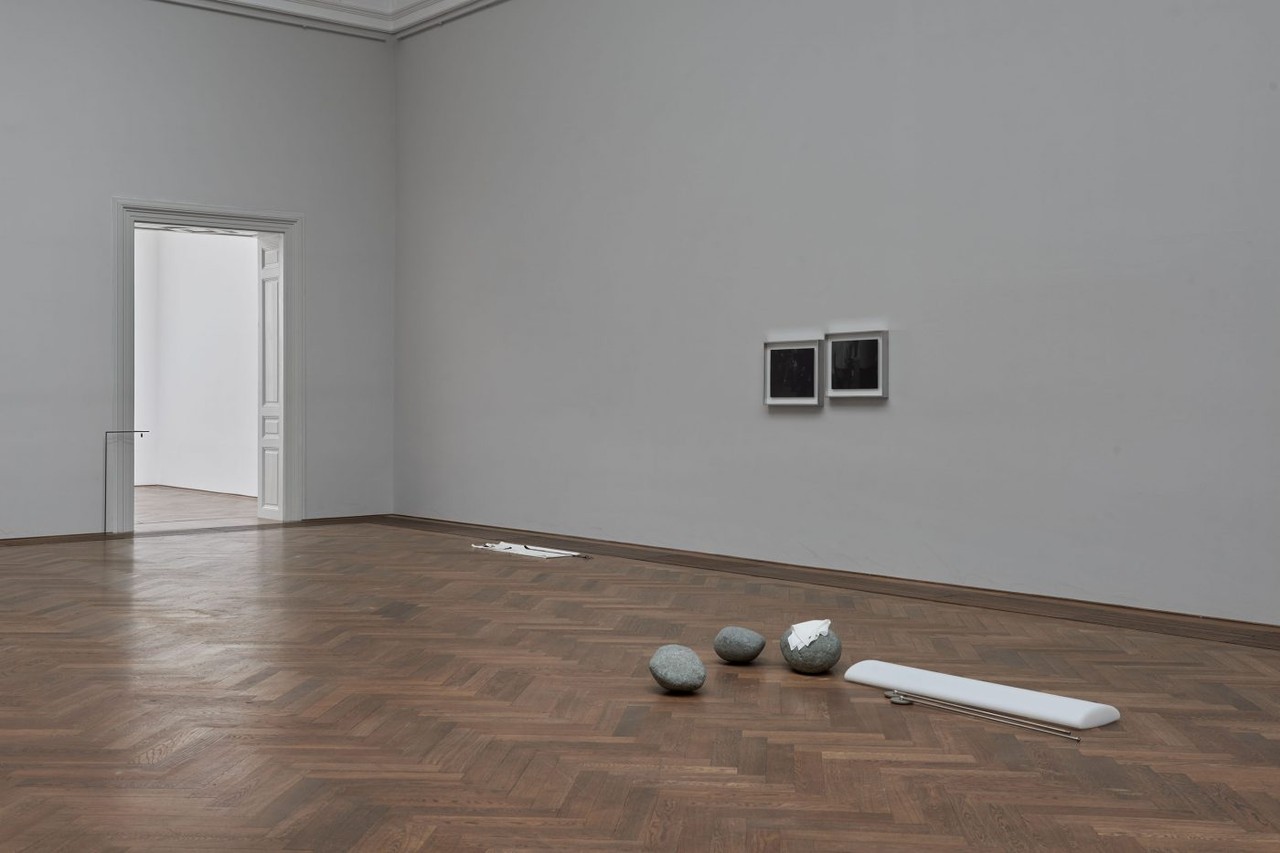
Yan Xing, installation view, Dangerous Afternoon, Kunsthalle Basel, 2017. Photo: Philipp Hänger/Kunsthalle Basel
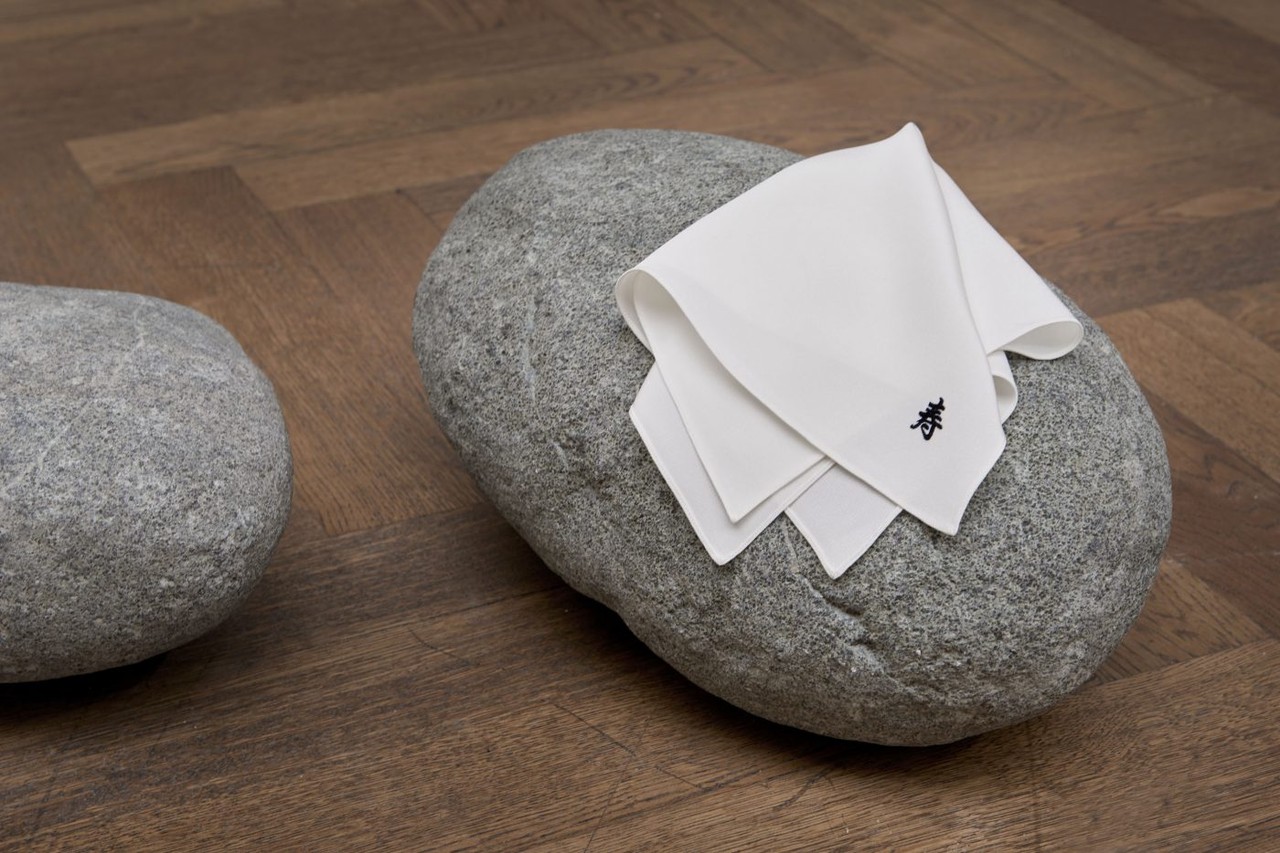
Yan Xing, installation view, Dangerous Afternoon, Kunsthalle Basel, 2017. Photo: Philipp Hänger/Kunsthalle Basel
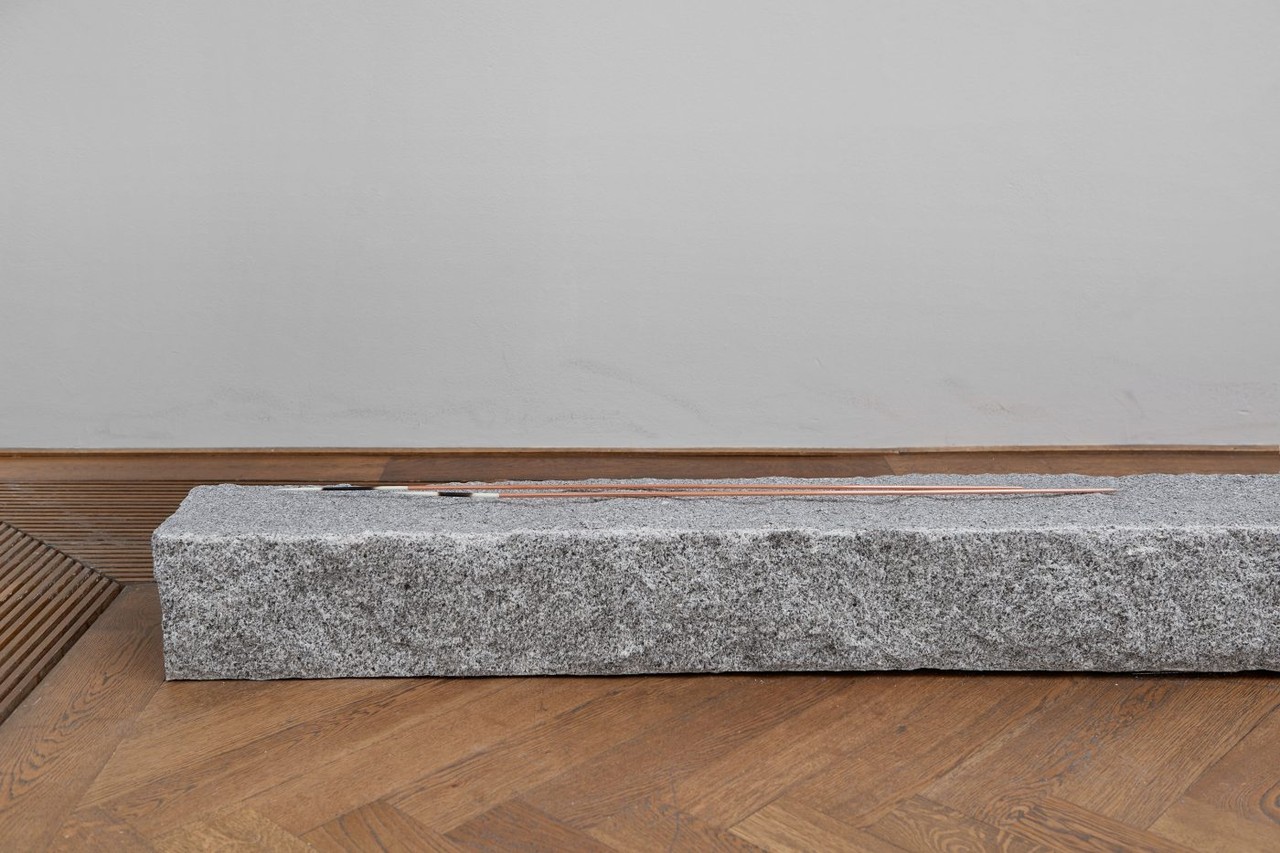
Yan Xing, installation view, Dangerous Afternoon, Kunsthalle Basel, 2017. Photo: Philipp Hänger/Kunsthalle Basel
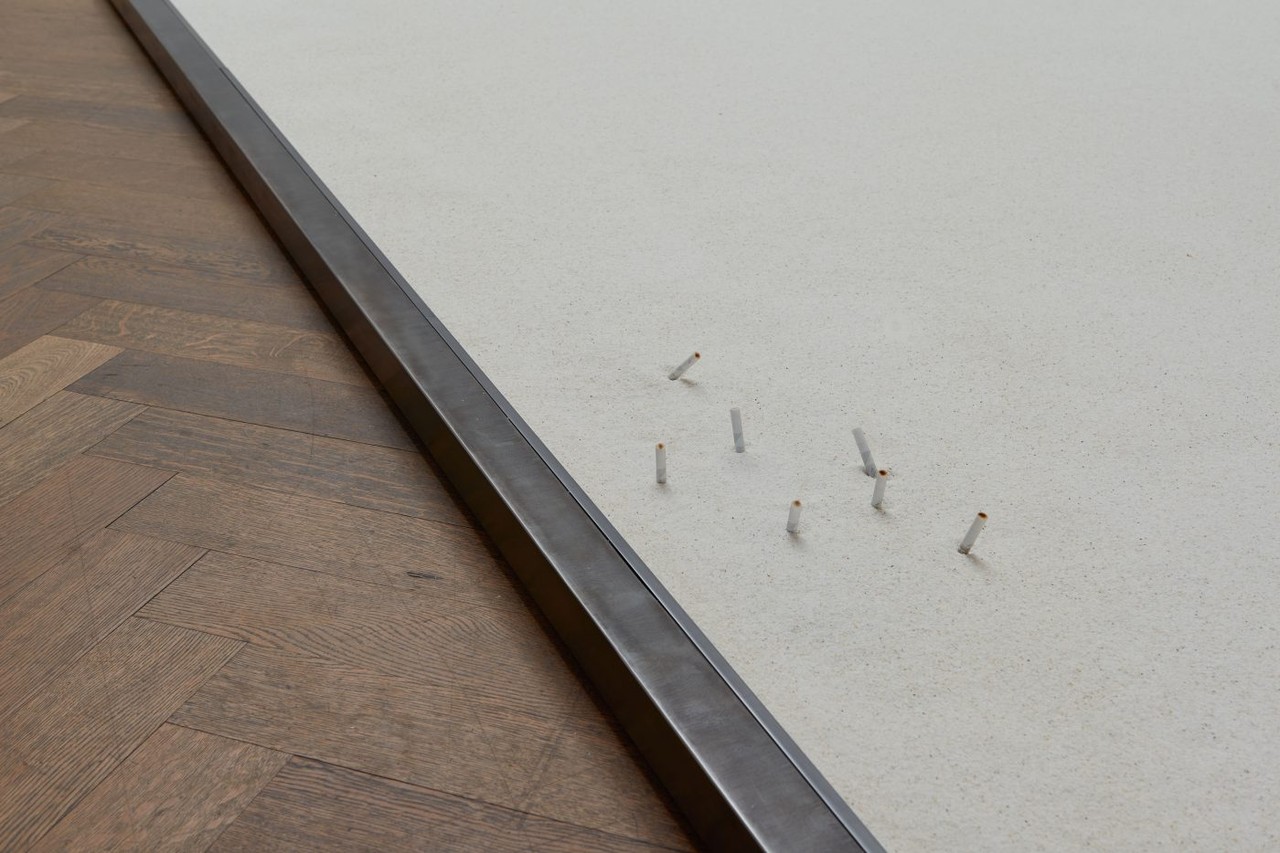
Yan Xing, installation view, Dangerous Afternoon, Kunsthalle Basel, 2017. Photo: Philipp Hänger/Kunsthalle Basel
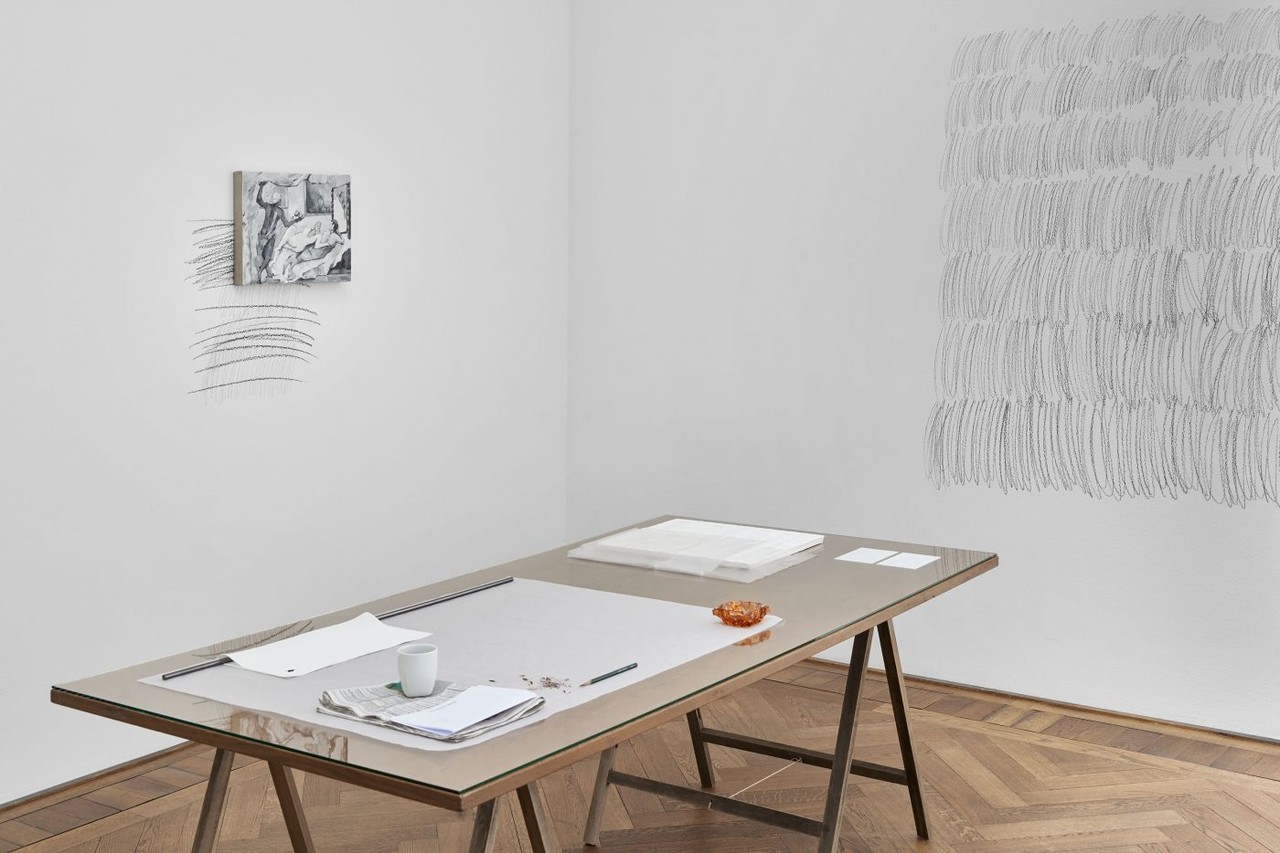
Yan Xing, installation view, Dangerous Afternoon, Kunsthalle Basel, 2017. Photo: Philipp Hänger/Kunsthalle Basel
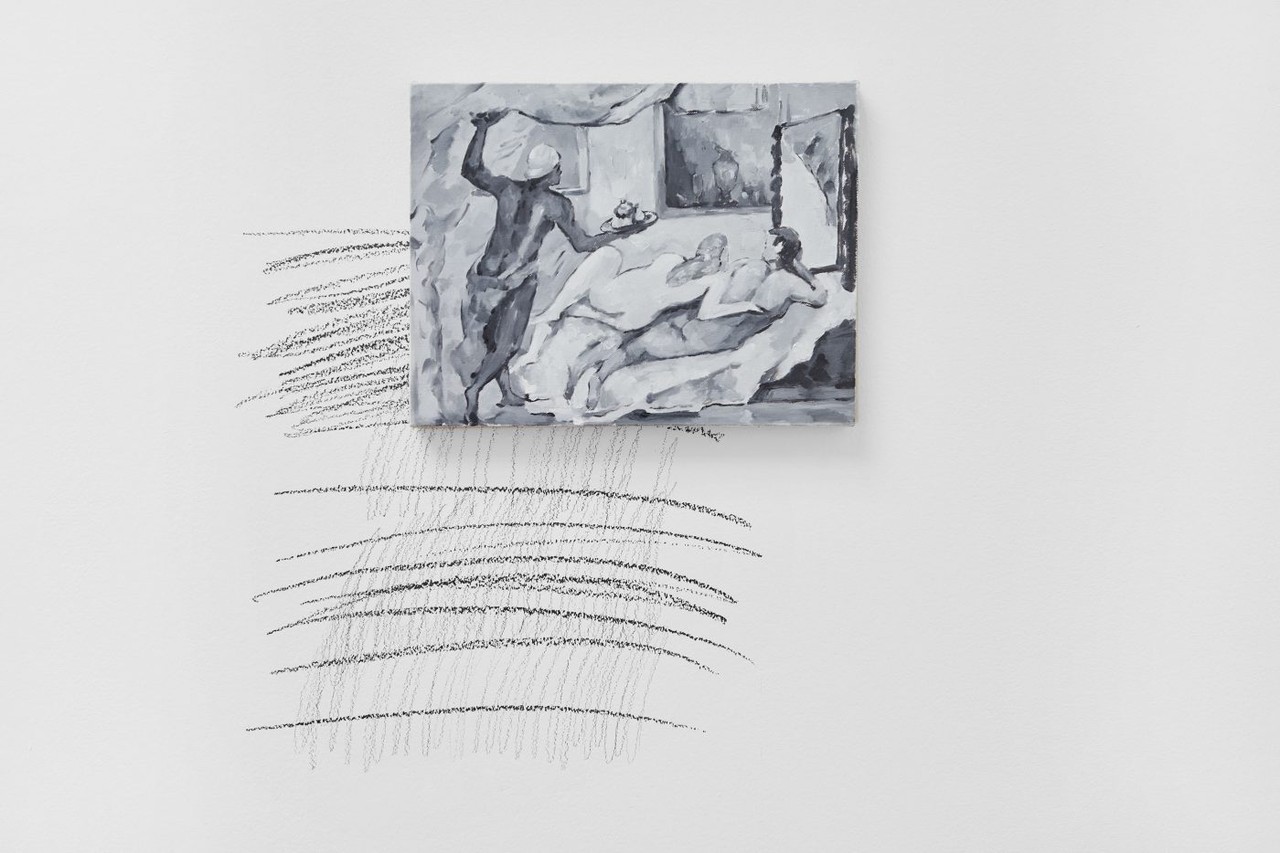
Yan Xing, installation view, Dangerous Afternoon, Kunsthalle Basel, 2017. Photo: Philipp Hänger/Kunsthalle Basel
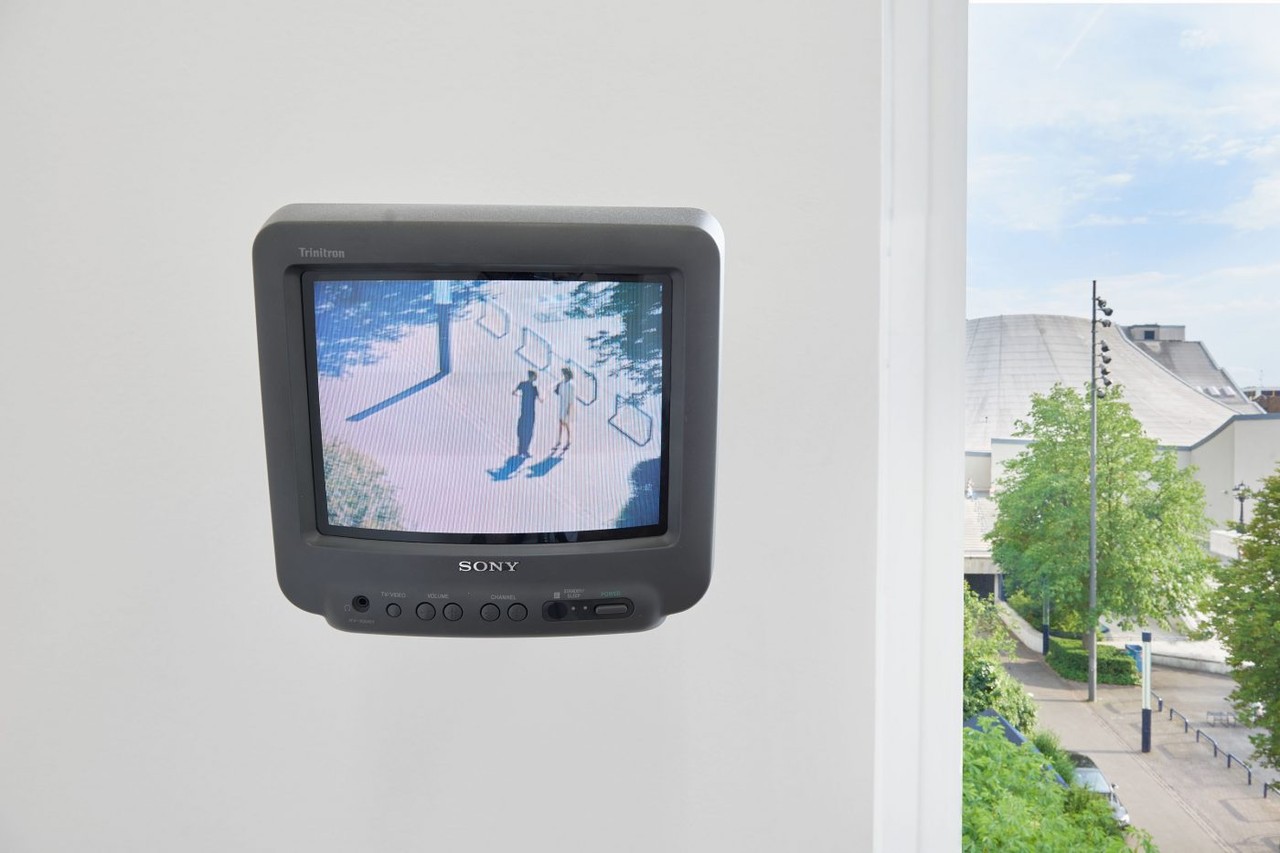
Yan Xing, installation view, Dangerous Afternoon, view on Dangerous Afternoon (May 31, 2017), Kunsthalle Basel, 2017. Photo: Philipp Hänger/Kunsthalle Base
YAN XING
Dangerous Afternoon
2 June –27 August 2017
In truth, I don’t quite know how to begin the story I am about to tell. Let me start with this: I am real, flesh and bones, the director of Kunsthalle Basel and curator of its program. I invited Chinese artist Yan Xing to create a new body of work for his first institutional solo exhibition in Switzerland. He conceived an exhibition that includes, as one of its many elements, a displaced, unremarkable object: the ceiling lamp from above my office desk. This decision impacts my daily work for the duration of the show. You might not have noticed the lamp’s curved, frosted glass cover and metal hardware, but now you know that their being in the show means they are not in my office, not lighting my way. These are facts, irrefutable and simple.
But here the story becomes complicated. Yan Xing, also of flesh and bones, has invented a fictive artist in whose exhibition, Dangerous Afternoon, you currently find yourself. Most things around you (save the real lamp of the real curator) were “made” by this fictive artist and installed by a fictive curator, whose personal tribulations haunt the exhibition. This curator, the story goes, is a devoted and happily married middle-aged man who one day falls, desperately and inconsolably, for a stranger’s feet. After a period of torment during which he concedes
to his desire, the curator tries to convince the stranger to let him have his way with the latter’s feet. The stranger agrees, on one condi- tion: the curator must give over his wife to the stranger for a night. A moral dilemma ensues: to consummate his desire, the curator must not only convince his wife to betray him, but convince her to do so in order that he, her husband, betray her in turn with the same man. This whirlwind of desire, torment, and duplicity, all unfolding during the preparation of the exhi- bition, as well as the fictive curator’s degrading relationship with the artist (stemming from his distraction and paranoia), are the
backstory of Dangerous Afternoon.
“I wanted to make a show about a curator undone by desire,” Yan Xing declares. The result is a body of objects whose arrangement conspires to make libidinal intrigue palpable. A handful of photographs show closely cropped
scenes: in one, a man is gently and lovingly engaged in cleaning the inside of another man’s ear; in another, you see arms and hands (of two men?) holding a delicate potted plant. These are images of exquisite tension, printed in the inkiest black and white, some so dark that it takes a moment to decipher the image.
This tantalizing uncertainty fits the project as a whole, in which not knowing precisely what you are looking at (or where the lines between veracity and fiction are drawn) is the crucible around which the exhibition smolders.
Everything about its materiality—from the oversize white-sand-filled ashtray; to the elon- gated copper devices, each topped with a porcupine quill and vaguely insinuating erotic use; to an embroidered silk handkerchief; to
the frames of the photographs—is refined, poised, elegant to the extreme. Yet, along the walls, scuff marks at about foot height are evidence of the stranger’s attempt to taunt and humiliate the lovesick curator. During the preparation of the exhibition, the stranger ordered the curator to crawl on his hands and knees along the edges of the space, and his shoes left the scuff marks. Regardless of this humiliation, the curator placed a guardrail in one area (the type used to protect valuable artifacts in museums) as if to elevate the markings to the status of art. Another railing appears around a hanging whistle, a cipher for the stranger’s domination of the curator, who— allegedly—got whistled at as an order to lick a square of the exhibition’s wooden floor (perhaps the very floor under your feet at this moment).
Along the walls of the main space, occasional nail holes testify to the curator’s removal of the artist’s original placement of certain works, suggesting indecision or rejection, a tussle during the installation. In the second space, a worktable, drawing implements, and the day’s news- paper signal work in progress; across from the table, smallish gray and white Cézanne-like paint- ings hang near a graphite wall mural. The paintings are slightly modified copies of existing historical scenes in which the artist has, according to the paranoid delusions of the curator, discovered the latter’s secret inner turmoil and depicted it. Ashamed and infuriated at being so discov- ered, the curator required that one of the paintings be removed from display and packed up (it
stands, partially wrapped, in a corner).
Can the scenography of an exhibition expose the fraught mental and emotional life of the per- son installing it? Yan Xing represents his fictive curator’s desire almost as if it were an object in the room, keeping erotic tension close to the surface of his entire project. The final element in the exhibition is the curator’s own homemade video, recorded on his smartphone with trembling hands as he looked out the window of the very gallery in which the video is now shown. It is evi- dence of the fleeting, arranged meeting between his wife and the stranger whose feet he desires. The two protagonists of the curator’s emotional drama meet and quickly walk off together on that “dangerous” afternoon.
If Dangerous Afternoon propels us into its story’s uncertain, imagined future, it also includes clues for how its stage was set. Unavailable to visitors of the exhibition when the show opens, a several-hours-long film premieres on June 14, 2017, documenting a dinner for seven distinguished guests held several weeks before the show opened. They share an intimate repartee (the extent to which their tales are authentic or scripted remains unclear). One of them, the “stranger,” reveals how he met and received an illicit proposal by a local curator of an exhibition then about to open, as well as the stranger’s secret plans for him. No one believes his story, but in it lies a key to unraveling the complex narrative underlying the entire project.
Remember the office lamp? Like a hand that suddenly brushes yours in a movie theater while you are thoroughly engrossed in watching afilm, the lamp—my lamp—is a bit of the real punc- turing the elaborate and convoluted artifice of the exhibition. And if everywhere in the exhibition the boundary between the artificial and the actual is deliberately muddled, this muddle is the very substance of Yan Xing’s practice. Across his body of work—comprised of installation, per- formance, photography, sculpture, and video— fact and speculation, public and private, art object and display structure touch and blur. And fantastical backstories often take root. This exhibition is no exception. Here one artist’s oeuvre insinuates itself into another (invented) artist’s oeuvre, one curator’s work insinuates itself into another (in- vented) curator’s work, and indeed fiction insinu- ates itself into truth—and vice versa. “Truth” is thus built up promiscuously, resplendently, only to be dissolved again.
—Elena Filipovic
Dangerous Afternoon
2 June –27 August 2017
In truth, I don’t quite know how to begin the story I am about to tell. Let me start with this: I am real, flesh and bones, the director of Kunsthalle Basel and curator of its program. I invited Chinese artist Yan Xing to create a new body of work for his first institutional solo exhibition in Switzerland. He conceived an exhibition that includes, as one of its many elements, a displaced, unremarkable object: the ceiling lamp from above my office desk. This decision impacts my daily work for the duration of the show. You might not have noticed the lamp’s curved, frosted glass cover and metal hardware, but now you know that their being in the show means they are not in my office, not lighting my way. These are facts, irrefutable and simple.
But here the story becomes complicated. Yan Xing, also of flesh and bones, has invented a fictive artist in whose exhibition, Dangerous Afternoon, you currently find yourself. Most things around you (save the real lamp of the real curator) were “made” by this fictive artist and installed by a fictive curator, whose personal tribulations haunt the exhibition. This curator, the story goes, is a devoted and happily married middle-aged man who one day falls, desperately and inconsolably, for a stranger’s feet. After a period of torment during which he concedes
to his desire, the curator tries to convince the stranger to let him have his way with the latter’s feet. The stranger agrees, on one condi- tion: the curator must give over his wife to the stranger for a night. A moral dilemma ensues: to consummate his desire, the curator must not only convince his wife to betray him, but convince her to do so in order that he, her husband, betray her in turn with the same man. This whirlwind of desire, torment, and duplicity, all unfolding during the preparation of the exhi- bition, as well as the fictive curator’s degrading relationship with the artist (stemming from his distraction and paranoia), are the
backstory of Dangerous Afternoon.
“I wanted to make a show about a curator undone by desire,” Yan Xing declares. The result is a body of objects whose arrangement conspires to make libidinal intrigue palpable. A handful of photographs show closely cropped
scenes: in one, a man is gently and lovingly engaged in cleaning the inside of another man’s ear; in another, you see arms and hands (of two men?) holding a delicate potted plant. These are images of exquisite tension, printed in the inkiest black and white, some so dark that it takes a moment to decipher the image.
This tantalizing uncertainty fits the project as a whole, in which not knowing precisely what you are looking at (or where the lines between veracity and fiction are drawn) is the crucible around which the exhibition smolders.
Everything about its materiality—from the oversize white-sand-filled ashtray; to the elon- gated copper devices, each topped with a porcupine quill and vaguely insinuating erotic use; to an embroidered silk handkerchief; to
the frames of the photographs—is refined, poised, elegant to the extreme. Yet, along the walls, scuff marks at about foot height are evidence of the stranger’s attempt to taunt and humiliate the lovesick curator. During the preparation of the exhibition, the stranger ordered the curator to crawl on his hands and knees along the edges of the space, and his shoes left the scuff marks. Regardless of this humiliation, the curator placed a guardrail in one area (the type used to protect valuable artifacts in museums) as if to elevate the markings to the status of art. Another railing appears around a hanging whistle, a cipher for the stranger’s domination of the curator, who— allegedly—got whistled at as an order to lick a square of the exhibition’s wooden floor (perhaps the very floor under your feet at this moment).
Along the walls of the main space, occasional nail holes testify to the curator’s removal of the artist’s original placement of certain works, suggesting indecision or rejection, a tussle during the installation. In the second space, a worktable, drawing implements, and the day’s news- paper signal work in progress; across from the table, smallish gray and white Cézanne-like paint- ings hang near a graphite wall mural. The paintings are slightly modified copies of existing historical scenes in which the artist has, according to the paranoid delusions of the curator, discovered the latter’s secret inner turmoil and depicted it. Ashamed and infuriated at being so discov- ered, the curator required that one of the paintings be removed from display and packed up (it
stands, partially wrapped, in a corner).
Can the scenography of an exhibition expose the fraught mental and emotional life of the per- son installing it? Yan Xing represents his fictive curator’s desire almost as if it were an object in the room, keeping erotic tension close to the surface of his entire project. The final element in the exhibition is the curator’s own homemade video, recorded on his smartphone with trembling hands as he looked out the window of the very gallery in which the video is now shown. It is evi- dence of the fleeting, arranged meeting between his wife and the stranger whose feet he desires. The two protagonists of the curator’s emotional drama meet and quickly walk off together on that “dangerous” afternoon.
If Dangerous Afternoon propels us into its story’s uncertain, imagined future, it also includes clues for how its stage was set. Unavailable to visitors of the exhibition when the show opens, a several-hours-long film premieres on June 14, 2017, documenting a dinner for seven distinguished guests held several weeks before the show opened. They share an intimate repartee (the extent to which their tales are authentic or scripted remains unclear). One of them, the “stranger,” reveals how he met and received an illicit proposal by a local curator of an exhibition then about to open, as well as the stranger’s secret plans for him. No one believes his story, but in it lies a key to unraveling the complex narrative underlying the entire project.
Remember the office lamp? Like a hand that suddenly brushes yours in a movie theater while you are thoroughly engrossed in watching afilm, the lamp—my lamp—is a bit of the real punc- turing the elaborate and convoluted artifice of the exhibition. And if everywhere in the exhibition the boundary between the artificial and the actual is deliberately muddled, this muddle is the very substance of Yan Xing’s practice. Across his body of work—comprised of installation, per- formance, photography, sculpture, and video— fact and speculation, public and private, art object and display structure touch and blur. And fantastical backstories often take root. This exhibition is no exception. Here one artist’s oeuvre insinuates itself into another (invented) artist’s oeuvre, one curator’s work insinuates itself into another (in- vented) curator’s work, and indeed fiction insinu- ates itself into truth—and vice versa. “Truth” is thus built up promiscuously, resplendently, only to be dissolved again.
—Elena Filipovic
